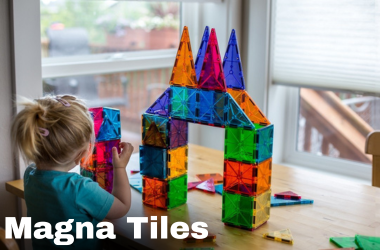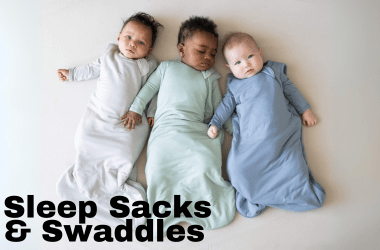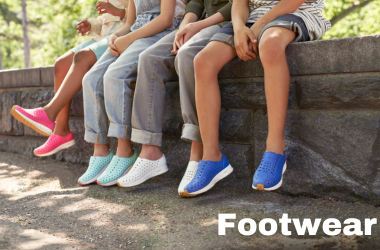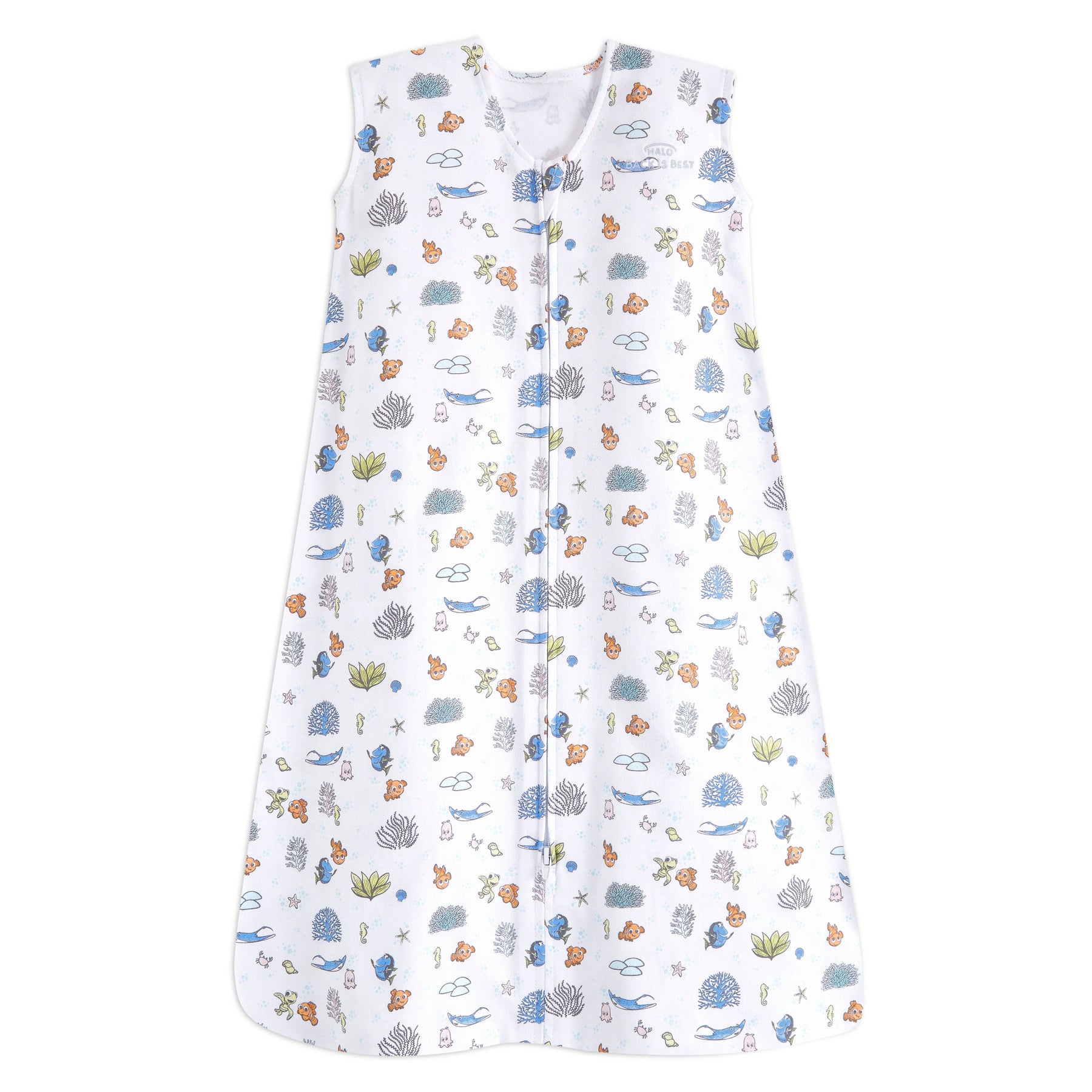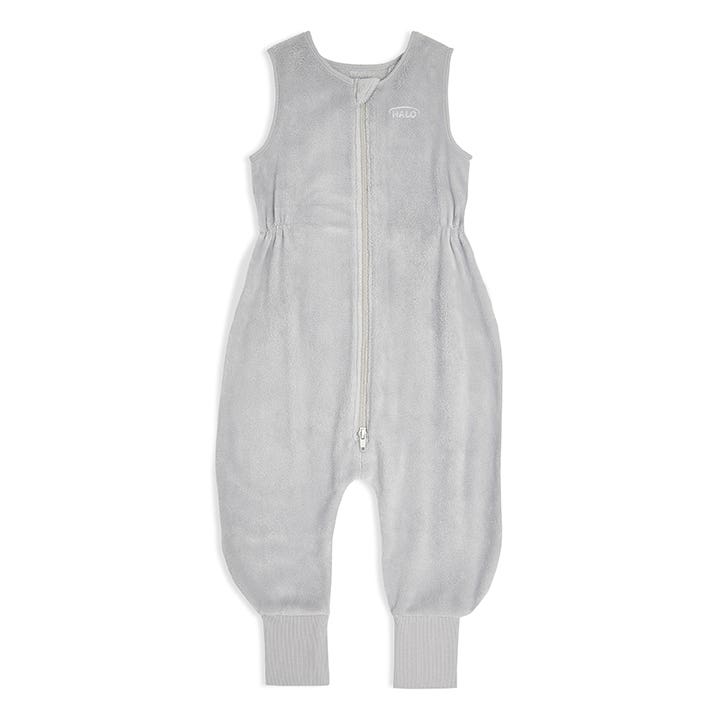Sleep Sacks vs. Blankets: Why Sleep Sacks Are a 2025 Nursery Essential
You’ve finally figured out your baby’s bedtime routine: white noise, a full belly, a soothing lullaby, but something still feels off. Is that loose blanket really the best way to keep them cozy through the night? As parents, we’re always balancing comfort and safety. And when it comes to sleep, that balance matters most.
In 2025, more families than ever are making the switch from traditional baby blankets to sleep sacks, and with good reason. They’re safer, smarter, and surprisingly easier to use. In this blog, we’ll break down what a sleep sack is, how it compares to a blanket, and why it’s becoming the go-to for sleep-savvy parents across Canada.
What Exactly Is a Sleep Sack and Why Are Parents Raving About It?
Think of a sleep sack as a cozy little cocoon your baby wears to bed; a wearable blanket that keeps them warm and secure without the risks of loose bedding. It zips up like a mini sleeping bag, often with soft armholes or sleeves, giving babies the freedom to move while staying safely covered all night long.
Unlike swaddles, which are perfect for newborns but become risky once babies start to roll, sleep sacks step in at just the right time. And unlike traditional blankets, they don’t shift, bunch up, or sneak over your baby’s face while they sleep.
You might spot a TOG rating on most sleep sacks; this handy number helps you choose the right warmth level for the season or your nursery’s temperature. Many also come with smart two-way zippers that make late-night diaper changes faster and less disruptive.
In a nutshell? Sleep sacks are the modern parent’s dream combo of comfort, convenience, and peace of mind, and once you try one, you’ll wonder how you ever did bedtime without it.
Why Blankets Are No Longer the Standard for Babies

For generations, baby blankets were nursery must-haves; gifted with love, handed down through families, and cherished for their softness. However, modern research has changed how we approach infant sleep.
Loose blankets, even lightweight ones, can shift during sleep and potentially cover a baby’s nose or mouth. Blankets still have their place for tummy time, stroller walks, or cuddles on the couch. But when it comes to unsupervised overnight sleep, they’ve been replaced by safer options.
Key Benefits of Sleep sacks Over Blanket
We’ve seen it firsthand: once families try a sleep sack, there’s no going back. Here’s why:
Safer Sleep for the Baby
Sleep sacks reduce the risk of suffocation or entanglement by staying in place all night long. No bunching, slipping, or surprise face-coverings; just safe, steady warmth.
Temperature control
Each sleep sack is given a TOG rating, which helps you determine what thickness should suit the temperature of your home. Whether it’s a 0.5 TOG for summer or a 2.5 TOG for winter, babies can be dressed in layers underneath for just the right amount of comfortable warmth, without risking overheating.
Ease of use
Most sleep sacks have zippers that open from either side, meaning late-night diaper changes do not mean full undressing to do so. And we all know the magic of establishing a sleep sack routine, once you’ve tried to quietly move a blanket from under a sleeping baby.
Better sleep routine
Just like brushing teeth is part of our bedtime routine, we can help babies associate putting their sleep sack on with bedtime. After a while, putting their sleep sack on will become a happy and familiar part of their wind-down and sleep routine.
What to Look for in a Good Sleep sack
With so many options out there, here’s how to choose a sleep sack that’s safe, comfy, and fits seamlessly into your baby’s bedtime routine.
Material
Try to find soft, breathable fabrics. Organic cotton, bamboo blends, and muslin are ideal. Babies have sensitive skin, and natural, non-irritating materials are always a win, especially in warmer months.
TOG Ratings
Consider materials that have a TOG rating. A TOG of 0.5 is ideal for hot weather or really well-heated homes, while a TOG of 2.5 is better in the cooler parts of the night. Many parents keep two TOGs and switch depending on the season or the temperature of the room.
Zipper Safety
We recommend looking into sleep sacks that have a two-way zipper that are protected where the zipper ends so it does not touch the baby's skin. Side zippers for easier access without waking the baby are great too.
Proper Fit
Sleep sacks are generally sized based on age and/or weight, so follow the guidance on weight/age for your baby. A properly sized sack should be snug at the top (so the baby cannot slip down) and should have enough room at the bottom so the baby can kick out their legs and develop their hips.
Easy Care
Ensure we are protecting our purchases with the fact that they are machine washable and wear well to constant washing.
Optional Features
Some sleep sack options come sleeveless for layering purposes. Others come with detachable sleeves or are convertible, which also adds convenience.
At Little Canadian, we offer a curated selection of sleep sacks to fit every need, season, and sleep style.
Featured Products
FAQs About Sleep Sacks
At what age can a baby start using a sleep sack?
Most infants switch to a sleep sack after they begin to roll over, typically between 2-4 months. Swaddling should be stopped by then, and a sleep sack offers a better, safer, arms-free option.
Are sleep sacks safe for newborns?
Of course, there are sleep sacks available for newborns, generally featuring snug neck openings and safe armhole designs. Just ensure the size is right and follow safe sleep guidelines.
How do I know what TOG my baby needs?
TOG is kind of a temperature rating:
- 0.5 TOG : Warm climates/summer
- 1.0 TOG : Moderate temperatures
- 2.5 TOG : Cool rooms/winter evenings
Do sleep sacks replace all bedding?
Yes, for sleep, they do. No additional blankets in the crib, precisely why we prefer sleep sacks from the perspective of safe sleep for babies.
Can I still use a blanket during the day or while supervised?
Absolutely. A blanket is still lovely when taking a walk in a stroller, having cuddle time, or having playtime on the floor, just not for sleeping when the baby is unsupervised.
For more information, visit Health Canada or the Canadian Paediatric Society.
The Nursery Essential We Didn’t Know We Needed

Baby blankets will always have a nostalgic place in our hearts, but sleep sacks have secured a place in our cribs, and rightly so. They stay on. They help regulate temperature. They build sleep routines and keep the baby safe, all while making parenting just a little bit easier.
At Little Canadian, we believe in tools that make parenting feel calmer, safer, and more joyful. Our curated collection of parent-trusted sleep sacks has something for every baby, season, and sleep style. Browse our curated collection of parent-trusted sleepsacks and pick the one that suits your baby the best!













